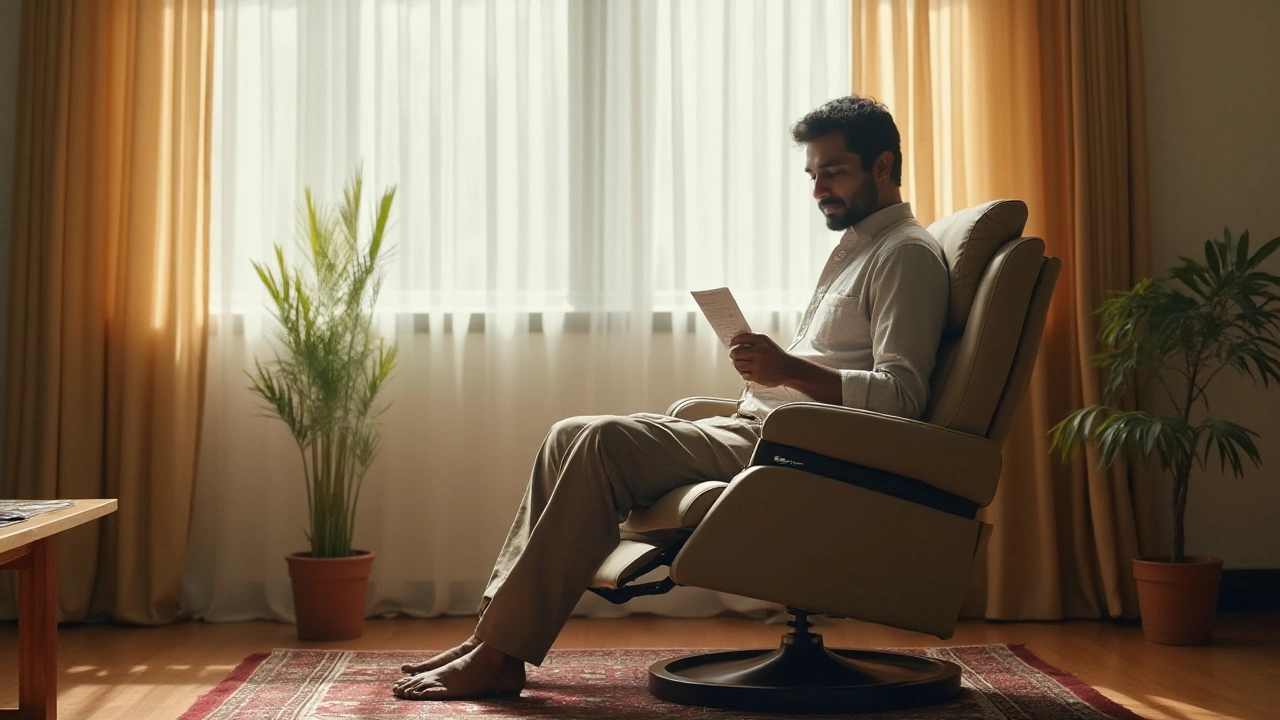Chair Repair: DIY Tips, Tools, and Techniques
When working with chair repair, the process of fixing or restoring a chair’s structure, finish, or upholstery. Also known as chair refurbishment, it often calls for upholstery, repairing or replacing fabric, foam, and padding and woodworking, repairing frames, joints, and legs. A good finish also relies on paint and varnish, protective coatings that seal wood and match décor. Together these elements let you bring a tired chair back to life without a pricey replacement.
Why Fix a Chair?
Chair repair beats buying new because it saves money, reduces waste, and lets you keep a piece that fits your style. A sturdy frame preserves safety, while fresh upholstery restores comfort and ergonomic support. Many people underestimate how a simple joint glue or a few clamps can turn a wobbling seat into a stable one. Sustainable homeowners love the idea of extending a chair’s life rather than sending it to landfill.
The toolbox for a successful project goes beyond a screwdriver. You’ll need wood glue for joint strength, clamps to hold pieces while the glue cures, and sandpaper to smooth rough edges before staining. For upholstery, a staple gun, high‑density foam, and durable fabric are essential. Wood filler patches hidden cracks, while a paintbrush or spray can add a fresh coat that protects the wood from moisture and wear.
Step 1 is assessment: look for loose legs, cracked frames, or sagging cushions. Step 2 involves disassembly—remove fabric, label each part, and keep hardware organized. Step 3 focuses on frame repair: tighten screws, replace broken dowels, or glue split wood. Step 4 is re‑upholstering—cut new foam, wrap it in batting, and staple fresh fabric securely. Finally, Step 5 adds finish: sand the wood, apply primer, then coat with paint or varnish that matches your décor.
After the chair looks as good as new, regular maintenance keeps it that way. Check screws every few months, tighten any loose joints, and wipe the finish with a soft cloth to prevent buildup. Re‑varnish annually in high‑traffic areas, and replace fabric when it shows wear. These simple habits extend the life of your repair and keep the chair comfortable for years.
Now that you know the why, the tools, and the step‑by‑step process, explore the articles below for deeper dives into specific techniques, cost‑effective material choices, and expert tips that will make your next chair repair project a breeze.
